
Lisbon in April: Things to Do and Places to Visit as a Digital Nomad
Discover the top activities and attractions in Lisbon this April. From cultural events to scenic spots, find your perfect spring adventure. Read more!
Deciding between Lisbon and Porto? Explore the unique charms of each city to find your ideal Portuguese getaway. Read more to discover your perfect match!

Choosing between Lisbon or Porto to visit isn’t just about postcard views or pastel de nata. It’s about finding the right setup for your lifestyle—good Wi-Fi, a comfy spot to work, and a city that actually fits you.
Lisbon has energy. Porto has charm. Both Lisbon and Porto offer history, great food, and the kind of cafés where time slows down (in a good way). But which one should be your next home base?
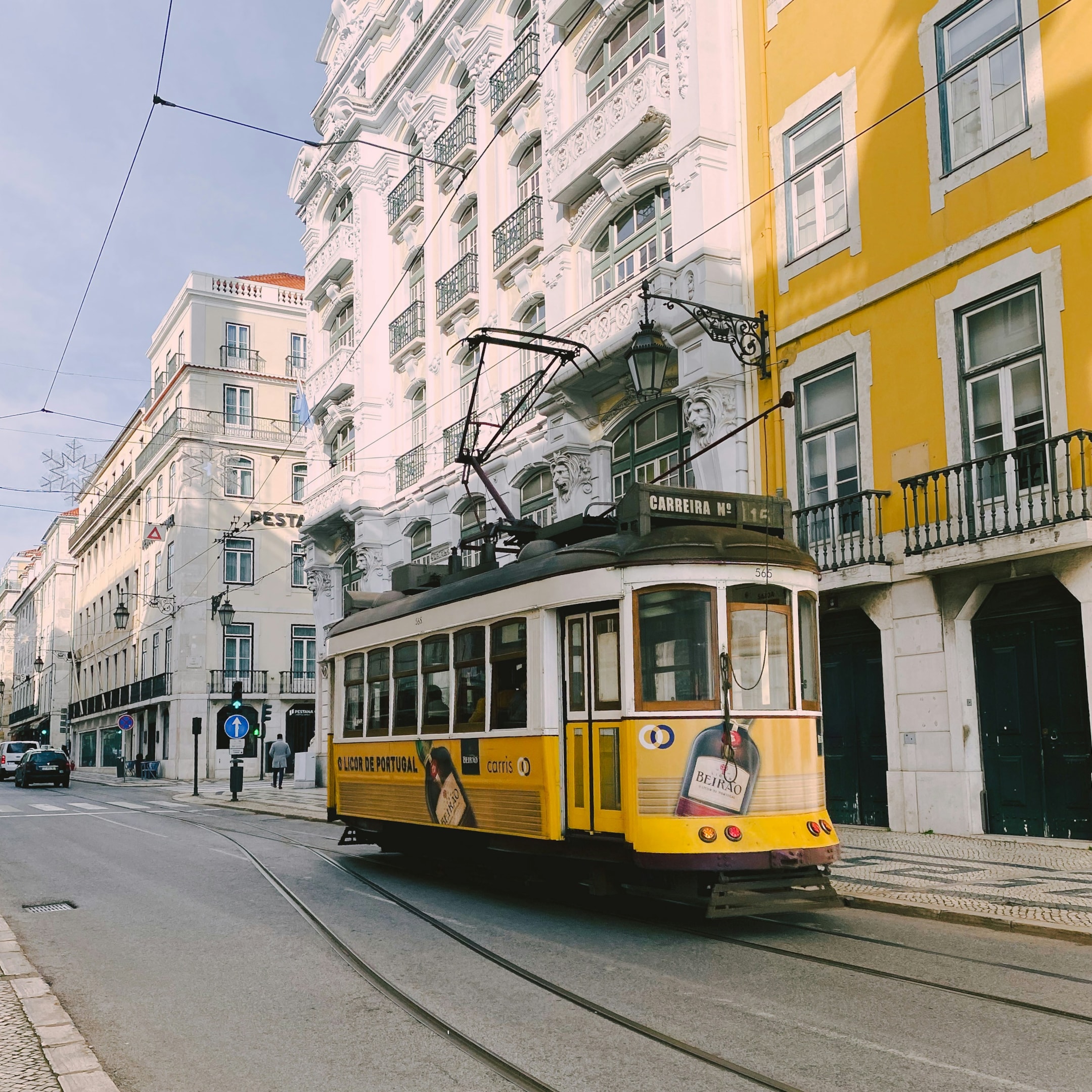
We’ll cover the city center vibes, cost of living, what it’s like to walk the steep hills, how to find short term rentals in Lisbon, and how easy it is to escape to the beach or cruise the Douro River.
If you're stuck between these two cities, we’ve got your back. This isn’t about Portugal's big cities—it’s about finding the right pla for your next chapter.
Let’s find out if you should visit Porto or settle into Lisbon.
When deciding between Porto or Lisbon, you’re not just picking a destination—you’re choosing your new day-to-day. Your local café, your evening walks, your creative zone. You’re comparing two big cities with different rhythms, different flavors, and different ways to live.
Whether you’ve visited Portugal before or it’s your first time, these two cities couldn’t feel more distinct. Let’s break it down like a local would.
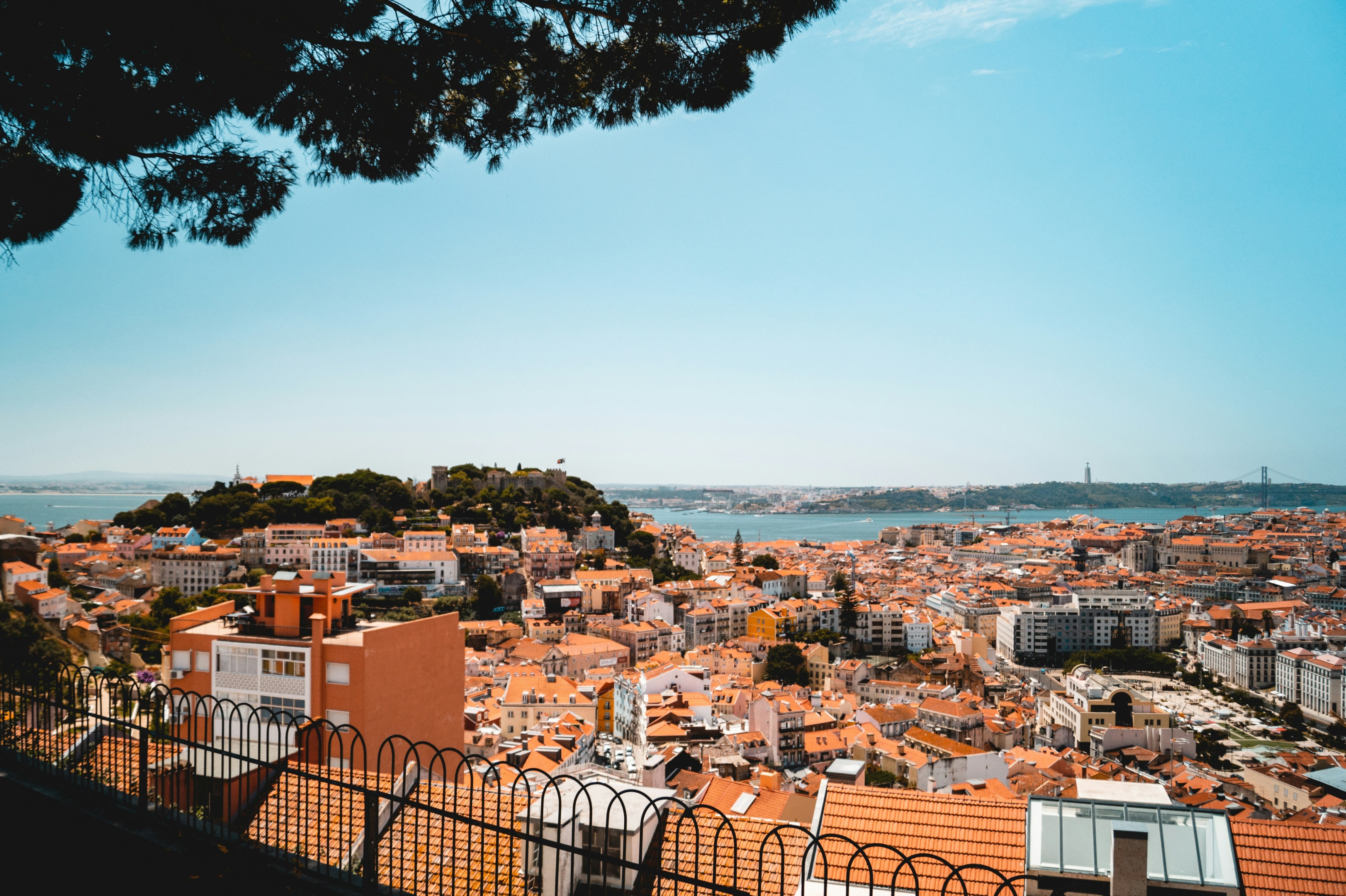
Lisbon is a city that moves. Fast. If you thrive in constant motion, surrounded by historic buildings and sleek new rooftops, Lisbon might be your match. It’s sprawling, diverse, and full of energy—from the cobbled alleys of Alfama to the modern vibes of Parque das Nações.
Workday starts? Grab a specialty coffee at Copenhagen Coffee Lab or Dear Breakfast (yes, it’s as good as it sounds). If you like switching work spots often, you’ll have no shortage of beautifully designed cafés with outlets and solid Wi-Fi. And when you want a full setup, coworking spaces like Second Home, Heden, and Avila Spaces offer top-tier environments.
On weekends, there’s always something going on—open-air cinema at Cinemateca, live jazz at Hot Clube de Portugal, or design markets in LX Factory. And if you're into dancing, Musicbox and Lux Frágil are staples of Lisbon’s nightlife.
Want to recharge? A quick trip to the beach towns of Cascais or Costa da Caparica is just a train ride away. That’s one of Lisbon’s biggest wins—it offers nature escapes without a car.
Local Vibe: Cosmopolitan, international, and full of career-driven people hopping between startup events and rooftop brunches. You’ll meet locals and fellow nomads alike.
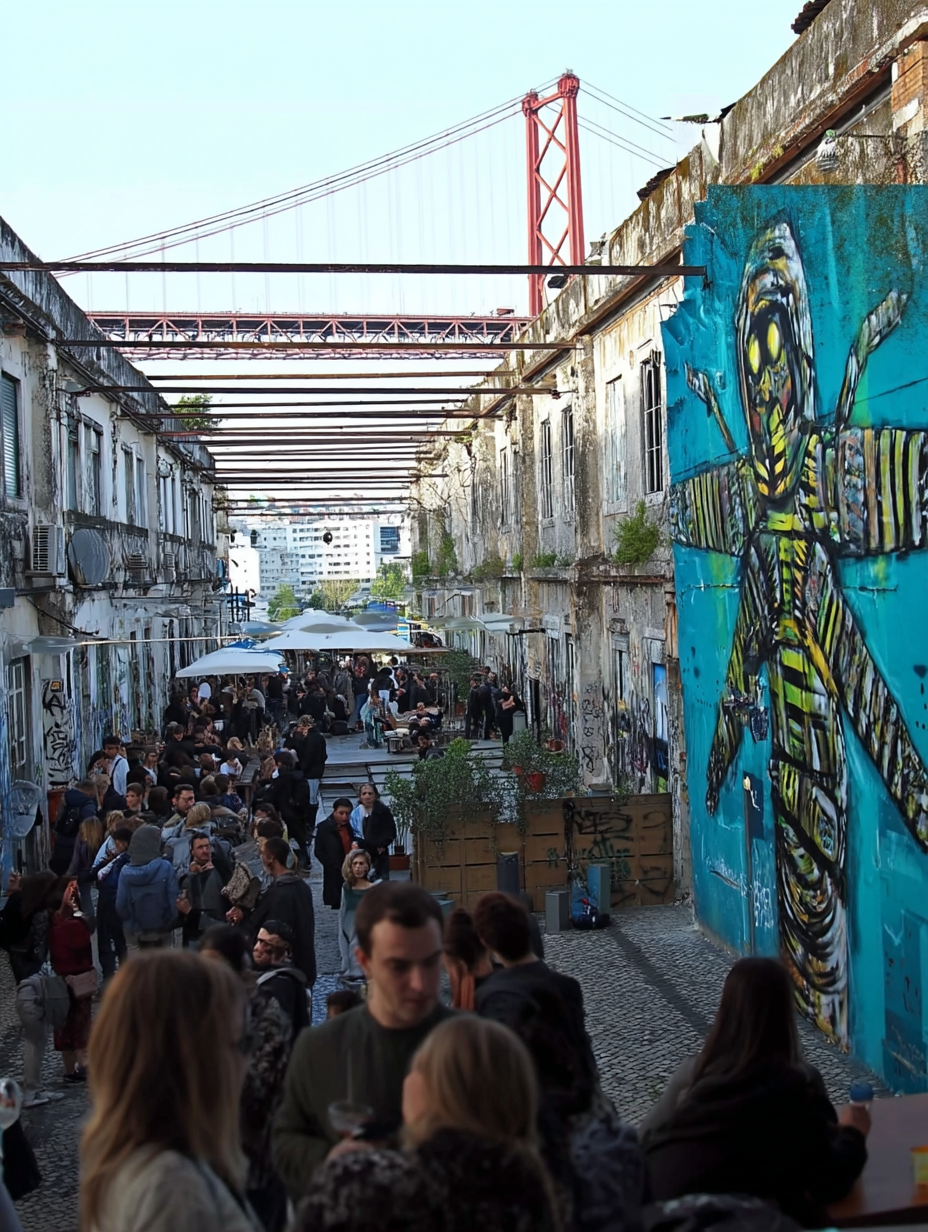
Bonus for Travelers: Lisbon has one of the best-connected airports in southern Europe, making it easier to score direct flights to the U.S., South America, and other hubs.
Now, let’s talk Porto. This is where things slow down—and that’s not a bad thing. In fact, it’s a breath of fresh air for anyone burned out on the hustle. Porto’s city center is small enough to walk end-to-end, and you’ll want to. The views over the Douro River, the tiled buildings, the old world charm—it all makes work breaks feel like tiny vacations.
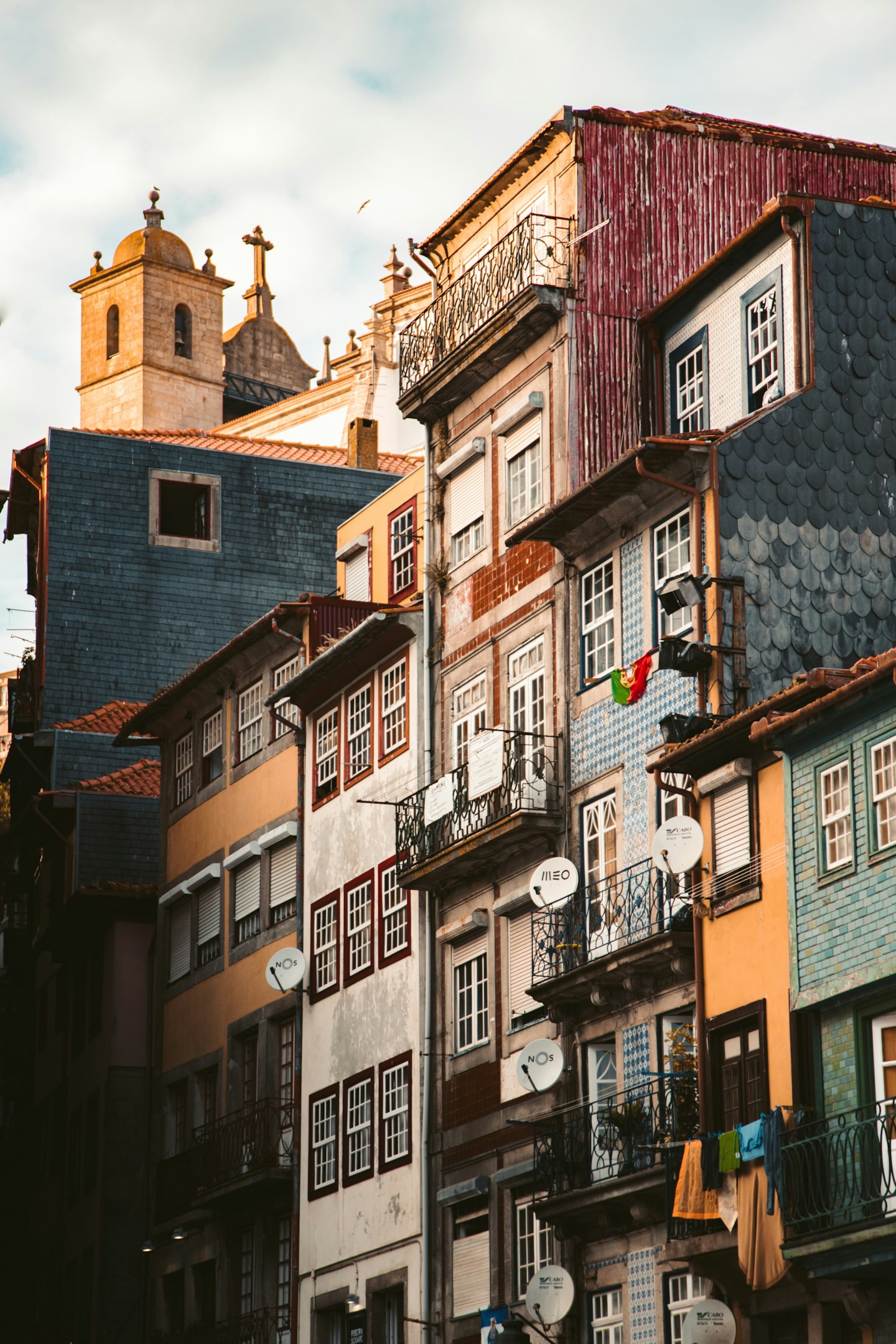
Start your day at Combi Coffee or 7g Roaster, work a few hours, then head to the riverside promenade in Ribeira. You’ll pass historic sites in every direction: Clérigos Tower, the Palácio da Bolsa, and tiled churches like Capela das Almas. There’s no shortage of charm, but it’s lived in, not museum-fied.
Porto is ideal for deep work. Fewer distractions, a lower cost of living, and a slower pace that encourages balance. If you’re the kind of person who likes to wrap the day with a glass of red and a quiet view, this is your place.
Local tip for wine enthusiasts: Skip the crowded cellars and head to Prova or Capela Incomum, two cozy wine bars tucked away from the tourist trail. The locals know.
Harry Potter fans? Livraria Lello—said to have inspired J.K. Rowling—is an actual place you can visit. Yes, it’s touristy. But magical? Absolutely.

If Lisbon is a sprint, Porto is a scenic jog. Lisbon has steep hills and rapid change; Porto has gentle climbs and steady calm. Lisbon hosts global tech conferences and all-night parties; Porto leans into good food, wine, and walking through history.
In both Porto and Lisbon, you’ll find the best of Portugal's culture, coworking, and community—but in totally different doses.
| Feature | Lisbon | Porto |
|---|---|---|
| Best For | Networking, variety, fast pace | Deep work, focus, relaxed vibe |
| Nature Access | Beaches nearby | Douro Valley day trips |
| Walkability | Challenging (hills, spread out) | High (compact city center) |
| Average Rent (1BR) | €1200–1500 | €900–1100 |
| Average Coffee | €2 | €1.30 |
| Coworking Cost (mo) | ~€150–200 | ~€100–150 |
| According to the European Best Destinations ranking, Porto was voted one of the safest and most affordable places to live in Europe in 2024—while Lisbon ranked in the top 10 for best music venues and startup ecosystems. |
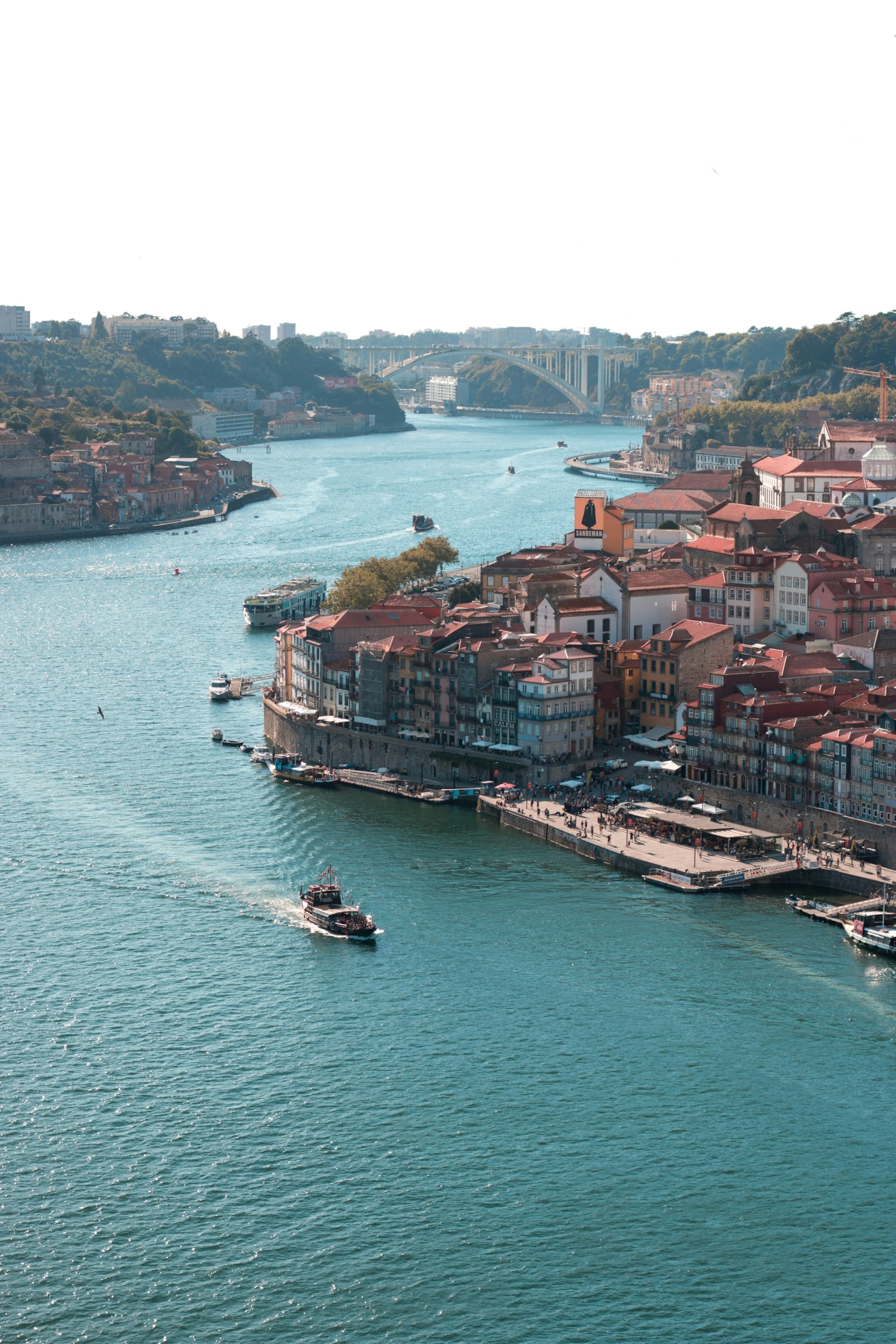
If you want the energy of San Francisco, go Lisbon. If you’re after the vibe of an older, more poetic European city—something that feels like it was built for postcards and poets—go Porto.
Still not sure which one feels more like you? Book a week in each. These two cities are just a three-hour train ride apart—and with RentRemote, you’ll get the same premium workstation setup in either place. Your only job is to figure out which one makes your mornings better.
If you're choosing between Lisbon vs Porto as a remote base, your daily workspace matters as much as the views. You’re not here to hunt for sockets or test café Wi-Fi on deadline days—you want stability, focus, and maybe a good espresso within reach.
Let’s break down where each city shines when it comes to actually getting work done.

Visit Lisbon and you’ll quickly see it’s built for remote work. The city has embraced the digital nomad lifestyle, and it shows. Coworking spaces are everywhere—each with its own vibe, community, and pricing tier.
Top coworking spots in Lisbon:
Second Home** (Cais do Sodré):** Jungle vibes, creative crowd, from €200/month.
Heden** (Graça, Rossio, and more):** Great for focused work and events, ~€150/month.
Avila Spaces** (Saldanha):** A bit more corporate, but excellent service and fast internet.
Lisbon also wins for easy access to cowork-friendly cafés. Try Hello Kristof in São Bento for early mornings or Fabrica Coffee Roasters in Chiado. Most spots offer fast Wi-Fi, outlets, and the holy trifecta: coffee, calm, and croissants.

And yes—pastéis de nata make any deep work session better.
Local tip: Many Lisbon cafés open in the early morning hours (around 8 AM), perfect if you’re the kind who likes to start before the Slack notifications roll in.
Porto may be smaller, but don’t write it off. The coworking scene is growing, and the pace of the city lends itself to concentration. If you’re the kind who likes heads-down time without the buzz of a startup hub, Porto’s your match.
Remote worker favorites in Porto:
Porto i/o** (Downtown and Riverside):** Popular among expats and locals alike, from €100/month.
CRU Cowork** (Rua do Rosário):** Creative atmosphere with a mix of designers and entrepreneurs.
Synergy** (Boavista):** More under-the-radar, ideal for long working blocks.
For coffee + laptop hours, head to Combi Coffee, 7g Roaster, or Fábrica Coffee Roasters Porto. These spots are laptop-friendly and quieter than their Lisbon counterparts.
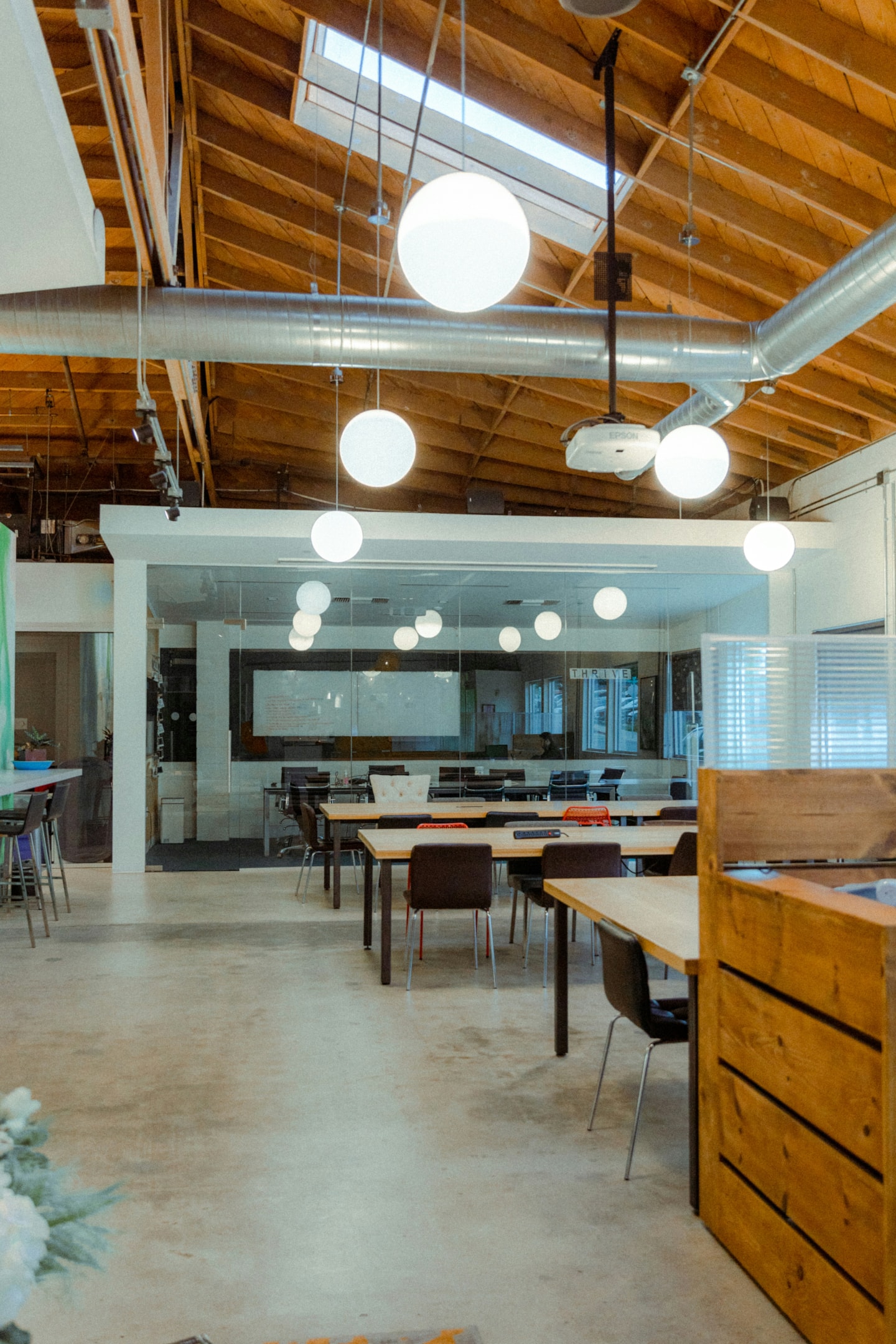
And after work? Take a walk along the Douro River in Vila Nova de Gaia, right across the bridge from the port wine cellars. It’s the perfect way to unwind—especially if you reward yourself with a tasting at Graham’s or Cálem.
Lisbon offers variety, speed, and great price options at every level. You can network, explore, and set up camp anywhere from a leafy coworking space to a hip café.
Porto is calmer, less crowded, and ideal if your job requires deep focus and fewer distractions.
| Feature | Lisbon | Porto |
|---|---|---|
| Coworking Options | Many, varied | Fewer, growing |
| Average Monthly Price | €150–200 | €100–150 |
| Café Wi-Fi Scene | Bustling | More relaxed |
| After-Work Vibe | Traditional fado music, rooftops with views of the Tagus river, day trips to other towns like Sintra | Walks by the Douro River, port wine tastings in Vila Nova de Gaia |
| One stat to keep in mind: Lisbon ranks in the top 10 globally for remote work infrastructure, with 94% of city areas covered by high-speed fiber. Porto is catching up, and for many, the slower pace and walkability more than make up for fewer spaces. |
In the end, whether you lean toward the buzz of Lisbon or the focus of Porto, your productivity is covered. RentRemote gives you everything else: ergonomic chair, standing desk, ultrawide monitor—and a window with a view that doesn’t scream “cubicle.”

So you’ve narrowed it down to Porto or Lisbon, and now you're wondering: how much is this lifestyle going to cost me?
Whether it’s your first trip to Portugal or your fifth, cost matters. Especially if you're planning to stick around for more than a long weekend. The good news? Both Lisbon and Porto are still budget-friendly compared to most major European capitals. But the way your euros stretch? That’s where things get interesting.
Lisbon is dazzling—but that shine comes with a price tag. Rent in Portugal's capital, particularly in trendy areas like Bairro Alto, Príncipe Real, or Alfama, can quickly climb if you’re after premium setups. Think fiber internet, standing desk, and a view that makes your video calls look like film stills.

What to expect:
Apartments: €60–120/night for a well-located 1BR with work amenities
Eating Out: €10–15 for a decent lunch, €25+ for dinner with wine
Cafés: Specialty coffee starts at €2–2.50 (try The Mill or Fábrica)
Public Transport: €1.80 per ride or €40 for a monthly metro pass
Extras: Rooftop drinks in Bairro Alto or bar hopping in Cais do Sodré? Add €6–8 per cocktail
If you’re into boutique hotels, Lisbon delivers. Try The Lumiares or Memmo Alfama for stunning design and rooftop views—though you’ll be paying €150–250/night depending on the season.
Lisbon also gives you quick day trips to places like Sintra, Cascais, or Évora. Pro tip: take the cable car in Parque das Nações for a scenic (and surprisingly affordable) aerial ride across the riverfront.
Now here’s where Porto offers a real edge: cost. It’s quieter, less touristed (for now), and friendlier on your wallet. Apartments in the Ribeira district or Cedofeita give you stunning old-town vibes, many with balconies overlooking the Douro River, for 15–20% less than Lisbon.

What to expect:
Apartments: €45–90/night for a central spot with fast Wi-Fi
Eating Out: €8–12 for lunch, €18–20 for dinner (don’t miss Cantinho do Avillez)
Cafés: €1.30–2 for espresso and a pastry (try Molete Bread & Breakfast)
Public Transport: €1.30 per metro ride, or €30 for a monthly Andante pass
Extras: Wine tastings in Vila Nova de Gaia from €12–20—yes, that includes a glass or three
If you’re watching your budget, Porto makes it easy. You’ll spend less but still get access to rich food culture, art galleries, and plenty of scenic day trips to other towns like Guimarães or Braga.
And when you're in the mood for some post-work exploring? Take the cable car in Gaia—yep, Porto has one too. It floats over the wine cellars with full views of the river and city.
| Cost Category | Lisbon | Porto |
|---|---|---|
| 1BR Apt (nightly) | €60–120 | €45–90 |
| Lunch Out | €10–15 | €8–12 |
| Specialty Coffee | €2.50 | €1.50 |
| Monthly Transport | €40 | €30 |
| Wine Tasting | €20–25 | €12–20 |
| According to Numbeo, consumer prices in Porto are approximately 18% lower than in Lisbon. So if your travel style leans toward making every euro count, Porto is the winner. |
If you're the type who likes variety, nightlife, and a buzzing energy, Lisbon might be worth the splurge. But if you’re in it for longer stays, slower days, and good food that won’t break the bank, Porto offers an unbeatable deal.
Either way, both Lisbon and Porto (and Portugal, in general) are built for remote life—your only job is choosing which one fits your workflow and wallet.

Whether you're planning your next trip or moving to Portugal for the long haul, culture is what gives a place its flavor. It's not just about what you see—it's what you feel. The rhythm of the streets, the stories behind the tiles, the comfort of a three course meal that tastes like home. When it comes to culture, Lisbon vs Porto becomes a complicated battle.
Lisbon wears its history on its walls—literally. Azulejos (those iconic blue tiles) cover churches, train stations, and even parking lots. The city stretches across seven hills, each with its own vibe, and it's packed with cultural stops that are as inspiring as they are beautiful.
Top cultural hits in Lisbon:
MAAT (Museum of Art, Architecture, and Technology): Stunning riverside space on the Tagus River, €9 entry.
Gulbenkian Museum: One of Portugal’s most important art collections—everything from ancient Egypt to European masters, €10 entry.
Fado in Alfama: Head to Clube de Fado or Tasca do Chico to hear traditional fado music where it was born—in Lisbon’s oldest neighborhood.
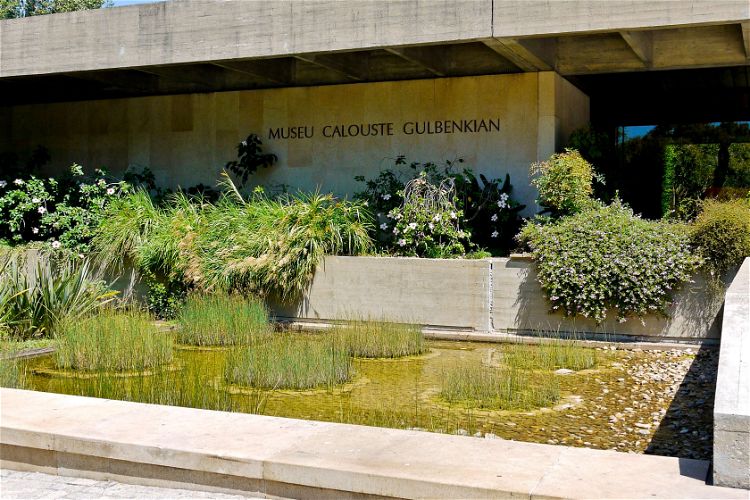
For food culture? Lisbon nails it:
Try grilled sardines in Mouraria during the Festas de Lisboa in June.
Salted cod (bacalhau) is on nearly every menu—locals say there are 365 ways to cook it.
Add a side of custard tarts (pastéis de nata), ideally from Manteigaria or the OG at Pastéis de Belém.
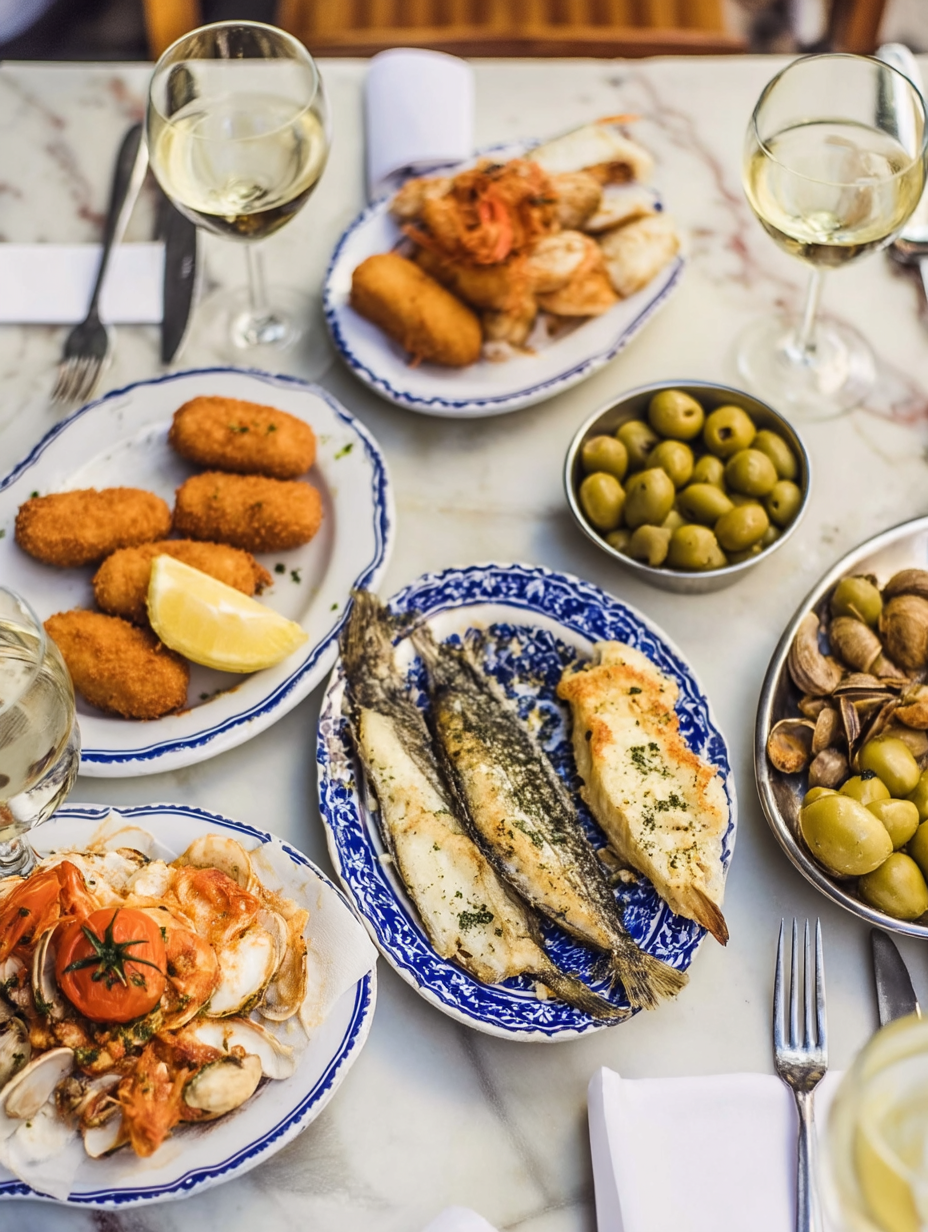
And don’t skip the markets. Mercado de Campo de Ourique is less touristy than Time Out Market, with better prices and more locals. Grab a dish of melted cheese with herbs and bread—pure comfort food.
Popular neighborhoods like Chiado, Bairro Alto, and Príncipe Real are full of small galleries, design shops, and antique bookstores. You can spend an entire afternoon just wandering.
Porto might be smaller, but it brings the soul. The streets of the Ribeira district feel like they’ve been soaking in stories for centuries, and the culture here is deeply local, fiercely proud, and full of heart.

Top cultural hits in Porto:
Livraria Lello: One of the world’s most beautiful bookstores—yes, it inspired J.K. Rowling. Entry is €5, but you can use it toward a book.
Casa da Música: Architectural icon and concert hall with everything from classical to electronic, guided tours €12.
Port wine tasting: Cross the river to Vila Nova de Gaia and explore the port wine cellars of Graham’s, Taylor’s, or Sandeman.
Don’t miss the Bolhão Market for fresh produce and snacks, or the Mercado Bom Sucesso for food stalls and live music.
Food in Porto = rustic, hearty, satisfying.
Try francesinha, a sandwich drenched in beer sauce and stacked with sausage, steak, ham, and—you guessed it—melted cheese.
Wash it down with a glass of tawny from the Douro Valley.
Go for a cozy three course meal at Taberna dos Mercadores or Cantina 32—expect €20–30 per person with wine.

Lisbon is busy, buzzing, and international. You’ll hear five languages in a café and find 100 different events in a weekend.
Porto is slower, more local, and full of quiet depth. Fewer exhibitions, more conversations. Less flash, more feeling.
| Experience | Lisbon | Porto |
|---|---|---|
| Museums | MAAT, Gulbenkian, Tile Museum | Casa da Música, Museu Nacional Soares dos Reis |
| Music | Fado in Alfama | Jazz at Hot Five, live shows at Maus Hábitos |
| Food Culture | Bacalhau, sardines, pastéis de nata | Port wine, francesinha, hearty comfort food |
| Markets | Time Out Market, Campo de Ourique | Mercado do Bolhão, Bom Sucesso |
| Lisbon has over 50 museums across the city; Porto has around 15—but more than makes up for it with daily live music and intimate performances that don’t feel curated for tourists. |
If Lisbon is your loud, creative friend who always knows what’s happening, Porto is your thoughtful one who pulls you into something unexpected and meaningful. Pick based on your pace—and if you can, don’t pick. See both. You'll get a different version of Portugal each time.

No matter how much you love your boutique hotels or coworking space, even the most productive nomad needs an escape. The good news? Whether you pick Porto or Lisbon, you’re never far from something stunning in Portugal.
This isn’t just about scenery—it’s about living somewhere that lets you reset without spending a fortune or burning a day on logistics. Think short trips with high impact.
If Lisbon had a weekend motto, it’d be “surf in the morning, castle in the afternoon, seafood by sunset.” Thanks to its mild climate, the summer months stretch long, with tons of sun and temps that hover around 28°C.

Top weekend escapes from Lisbon:
Sintra: Just 40 minutes by train, this fairy-tale town is full of lush forests, pastel palaces (like Palácio da Pena), and winding streets made for slow strolls. Entry to the main sights starts at €14.
Cascais: A chic seaside town with clean beaches, a relaxed boardwalk, and great day-spa options. Try lunch at Hífen or rent a bike to explore Guincho Beach.
Ericeira: A global surf reserve. Even if you’re not into surfing, the views, seafood, and sunset bars are worth the trip. Buses leave regularly and cost ~€7 one way.
Arrábida Natural Park: Cliffs, turquoise water, and wild beaches. You’ll need a car, but it’s one of Portugal’s best-kept secrets.
Nomad note: In Lisbon, the coast is your coworker. In just 30–60 minutes, you can go from Zoom calls to ocean swims.
Porto doesn’t have beaches as close as Lisbon, but it makes up for it with wild valleys, river towns, and those iconic terraced vineyards. If your idea of a weekend reset involves wine tasting, hiking, or medieval town
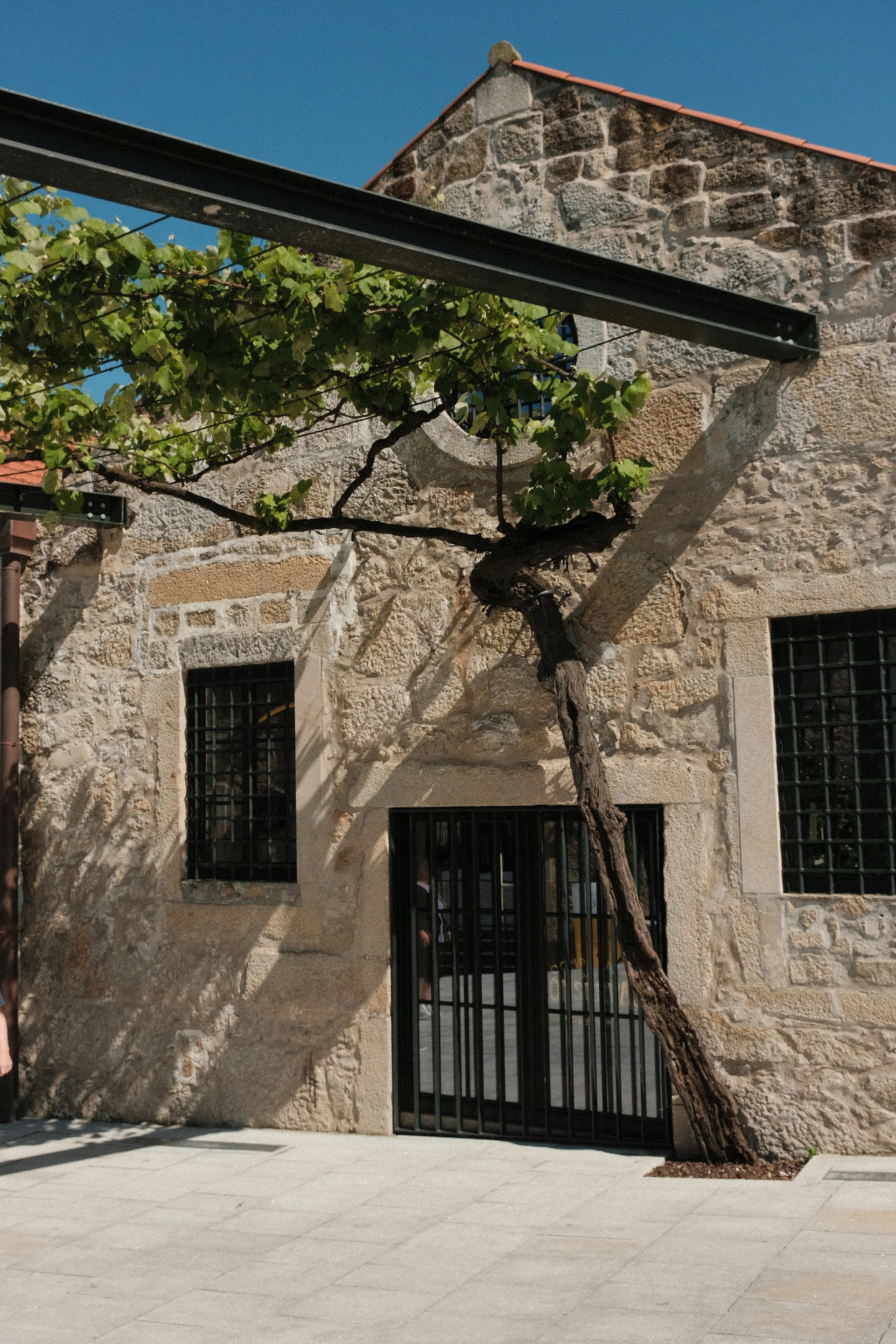
s—this is your place.
Top escapes from Porto:
Douro Valley: The crown jewel. Just 90 minutes away by car or train, this is Portugal’s oldest wine region and a UNESCO World Heritage Site. Book a river cruise, tour family-run wineries like Quinta do Seixo, or just sip and stare. Tastings range from €10–30.
Braga: One of the oldest cities in Portugal, with baroque churches, vibrant gardens, and a university-town energy. Perfect for culture + quiet in a short trip.
Guimarães: The “birthplace of Portugal.” Explore the old castle, grab lunch on the main square, and get lost in the cobbled alleys.
Matosinhos: 30 minutes on the metro and you’ve got wide beaches, fresh fish grills, and beach bars with bean bags. Go for grilled sardines and stay for the sunset.
In 2023, the Douro Valley was ranked among the top 10 wine destinations in the world by Wine Enthusiast magazine.
If you want surf + sun, Lisbon wins. More beaches, better weather, and easy access without a car.
If your vibe is vineyards + villages, Porto’s your match. Less sand, more soul.
| Feature | Lisbon | Porto |
|---|---|---|
| Best for | Beach days, hiking, coastal towns | Wine country, river cruises, medieval cities |
| Distance to Top Escape | 30–45 mins | 1–1.5 hours |
| Type of Getaways | Coastal, royal, outdoorsy | Rural, scenic, cultural |
| Great for | Active weekends, summer sun | Slow travel, local flavors |
Tough call. Lisbon gives you more variety with less planning. Porto offers deeper peace and richer tastes. If you’ve already visited Portugal, you know both cities pack serious scenery. If you haven’t, choose based on what recharges you faster—surfboards or wine glasses.
And for Harry Potter fans? Head to Porto, take the train up the Douro Valley, and pretend you're on the Hogwarts Express. It’s not a stretch.
When deciding between Lisbon vs Porto, the ease of getting in—and getting around—can tip the scale. Whether it’s your first day or your next day trip, the city layout, transit options, and flight access all count.
Airport: Lisbon Airport is Portugal’s largest, with direct connections to the Americas, Africa, and most of Europe. Taxis into town cost ~€12, or take the metro for €1.80.
Metro & Trams: Lisbon’s metro covers most of the city. Add the classic yellow tram 28 for charming commutes through Alfama and Baixa.
Walking: Let’s be real—those hills aren’t just pretty. They’re steep. Expect to sweat and earn those custard tarts.
Tip: Grab a Viva Viagem card for unlimited daily rides (~€6.60). Worth it if you're bouncing around the city or squeezing in multiple day trips.
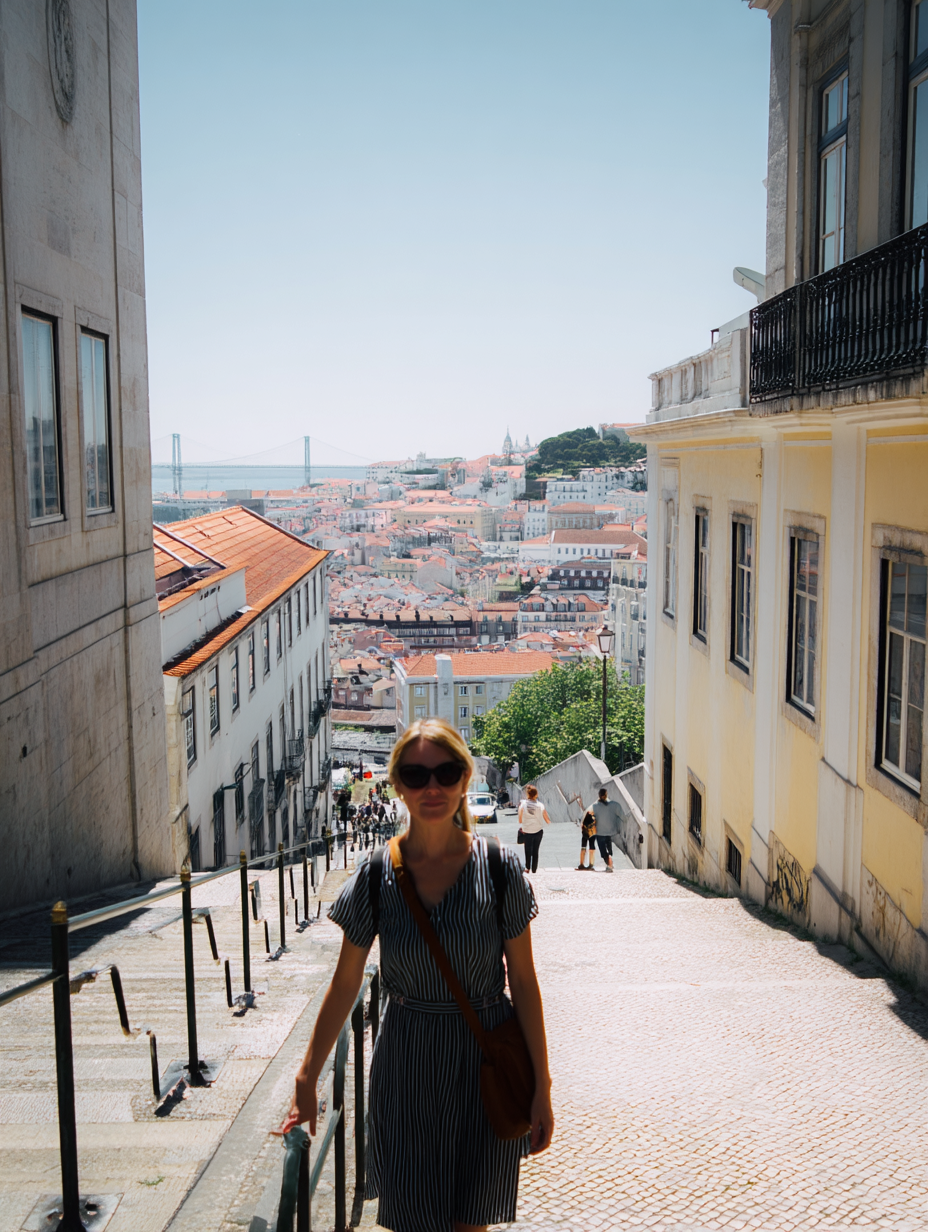
Airport: Porto’s Francisco Sá Carneiro Airport is smaller but efficient, with solid European coverage. The metro connects directly to downtown for just €2.
Public Transit: The metro is clean, modern, and connects to key neighborhoods and even the beach in Matosinhos.
Walking: The city is compact and super walkable—especially in and around the Ribeira and downtown zones. Plus, those vintage trams? Still running.
Bonus: Porto’s train station, São Bento, is a destination in itself—famous for its azulejo tile murals and as the departure point for trips to the Douro Valley.

| Feature | Lisbon | Porto |
|---|---|---|
| Airport Size | Large | Mid-size |
| International Flights | Extensive | Moderate |
| Public Transit | Metro, trams, buses | Metro, buses, trams |
| Walkability | Moderate (hilly) | High (compact) |
| Transit Pass | €40/month | ~€30/month |
| If you value walkability and simplicity, Porto is the smoother ride. If you need global access and bigger infrastructure, Lisbon takes the win. |
But no matter how you land in Porto or Lisbon, both cities keep you moving—and connected to everything that makes Portugal worth staying for.
Still debating between Porto or Lisbon? Let’s keep it simple. Here’s who should go where—based on how you work, live, and unwind.
You like city life with constant motion, events, and new cafés to try.
You thrive in variety—different neighborhoods for different moods (hit Alfama for history, Príncipe Real for cool brunch spots).
You want quick day trips to Cascais, Sintra, or Ericeira.
You're flying in from afar—Lisbon’s airport offers more international routes.

You prefer quieter mornings, river walks, and strong coffee with zero lines.
You want more bang for your buck—Porto is about 18% cheaper than Lisbon on average.
You love local flavor, from port wine at Taylor’s to sunsets along the Douro River.
You’re the type to lose hours in a bookstore, not a bar.

Whether it’s Porto or Lisbon, you’re getting the best of Portugal. Your only job? Pick the pace that fits your life. We’ll handle the desk, the Wi-Fi, and the comfort.
Here’s the thing: there’s no wrong choice—just the right one for you.
Lisbon is energy. A city where every day feels different. Where the Wi-Fi is fast, the pastéis de nata are hot, and there’s always something happening just down the hill.
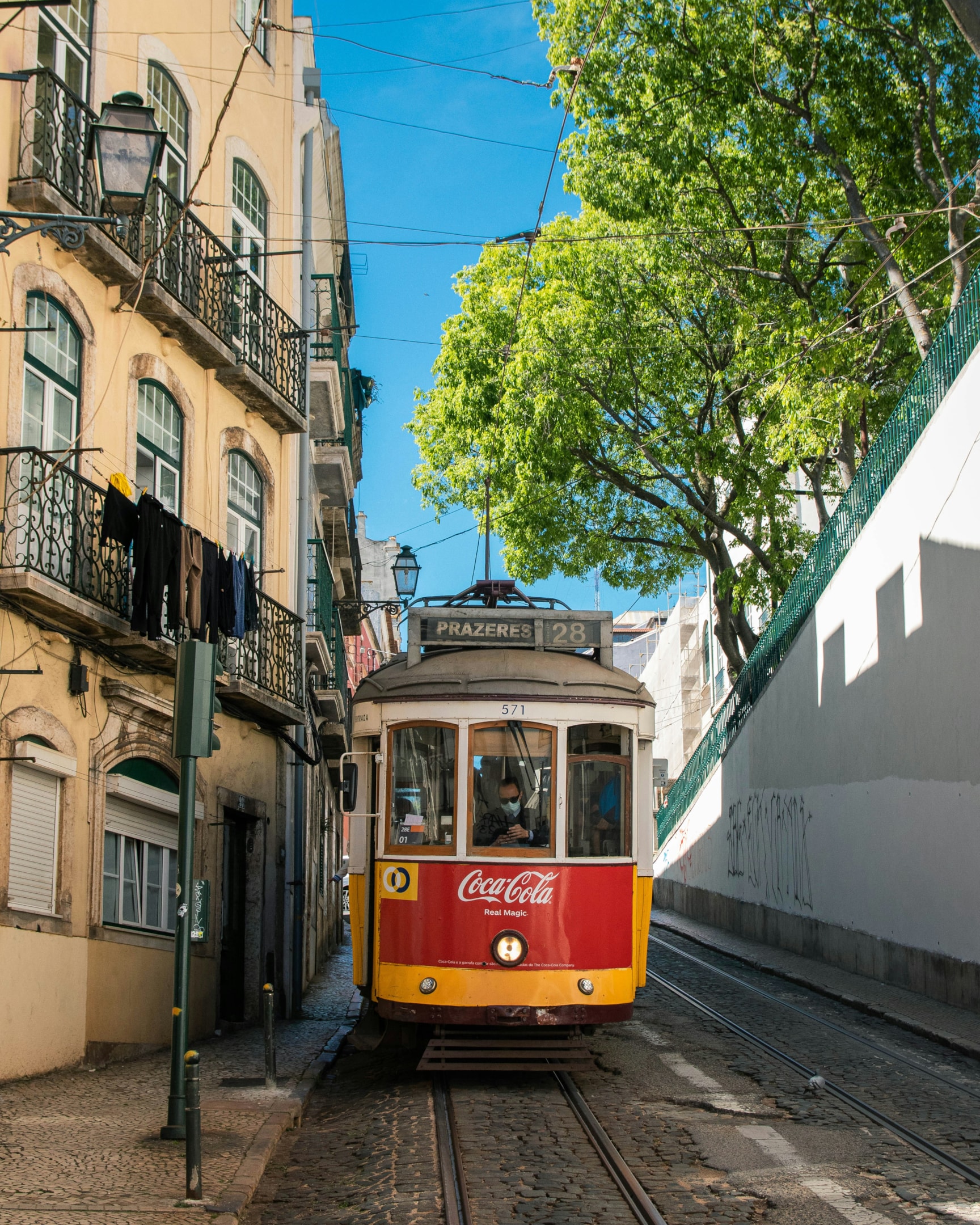
Porto is rhythm. Slower mornings, port wine sunsets, and cobbled streets that invite you to breathe between calls.
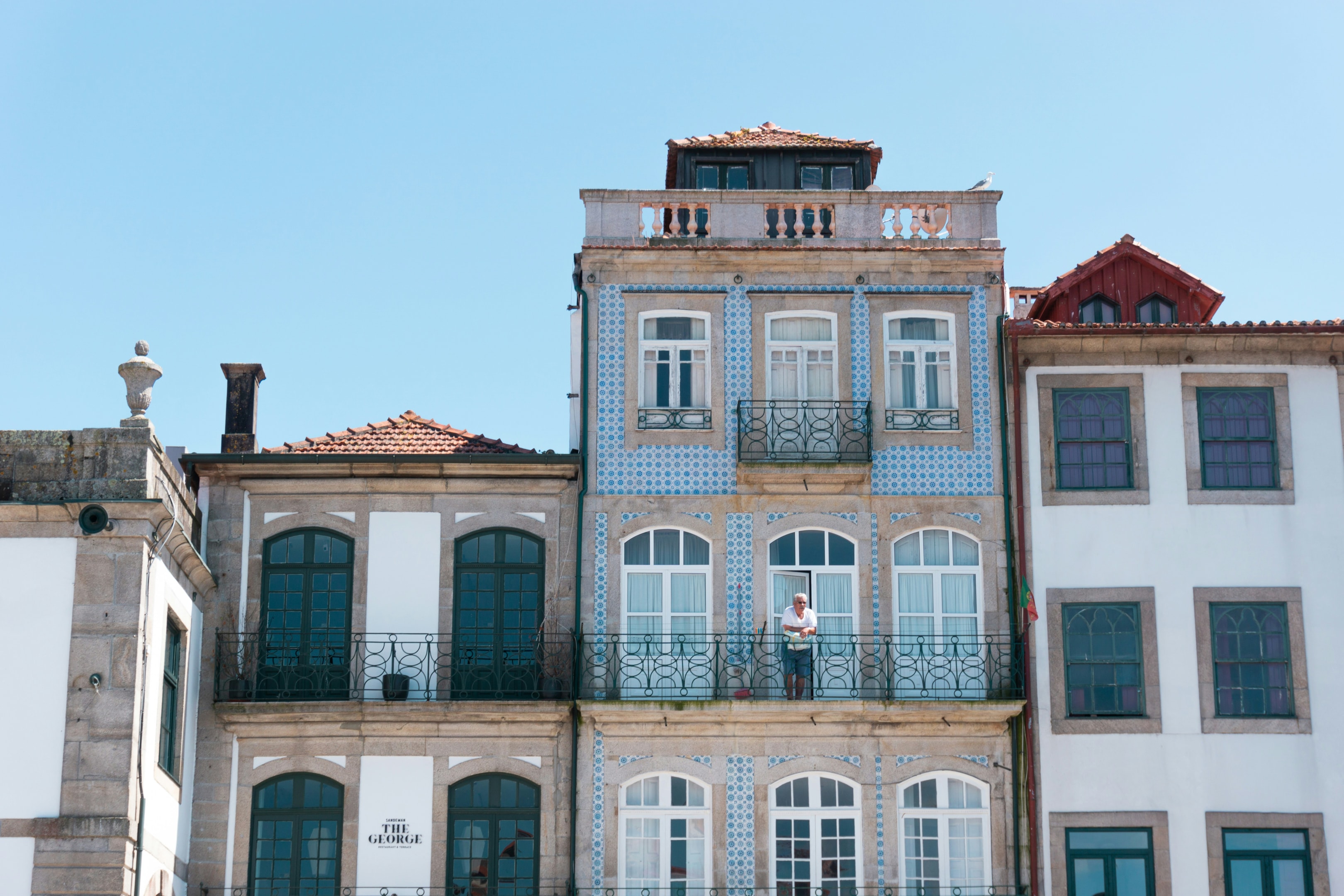
Whether you crave beach breaks or vineyard escapes, late-night music or quiet focus, Portugal delivers.
So—Porto or Lisbon? Choose your tempo. Your lifestyle. Your version of balance.
And when you’re ready, RentRemote will be there—with the ergonomic chair, the ultrawide monitor, and a space designed for real work (and better living).
Book your next base now. Because remote life works better when your home is built for it.
Lisbon has more coworking spaces and nomad communities. Porto is quieter and cheaper. It depends on your work style.
Porto is more budget-friendly overall, especially for food and accommodation.
Lisbon offers more options. Porto has hidden gems, perfect for deep work days.
Lisbon has more variety; Porto delivers depth and authenticity in a smaller footprint.

, lisbon

, lisbon

, lisbon

Discover the top activities and attractions in Lisbon this April. From cultural events to scenic spots, find your perfect spring adventure. Read more!

March is the perfect month to visit Lisbon. Discover all the activities, food, and attractions that are waiting for you in the Portuguese capital.

Discover the best things to do in Lisbon in just two days. What to eat, where to go and how to get there, plan an amazing trip with our comprehensive guide. Read more!